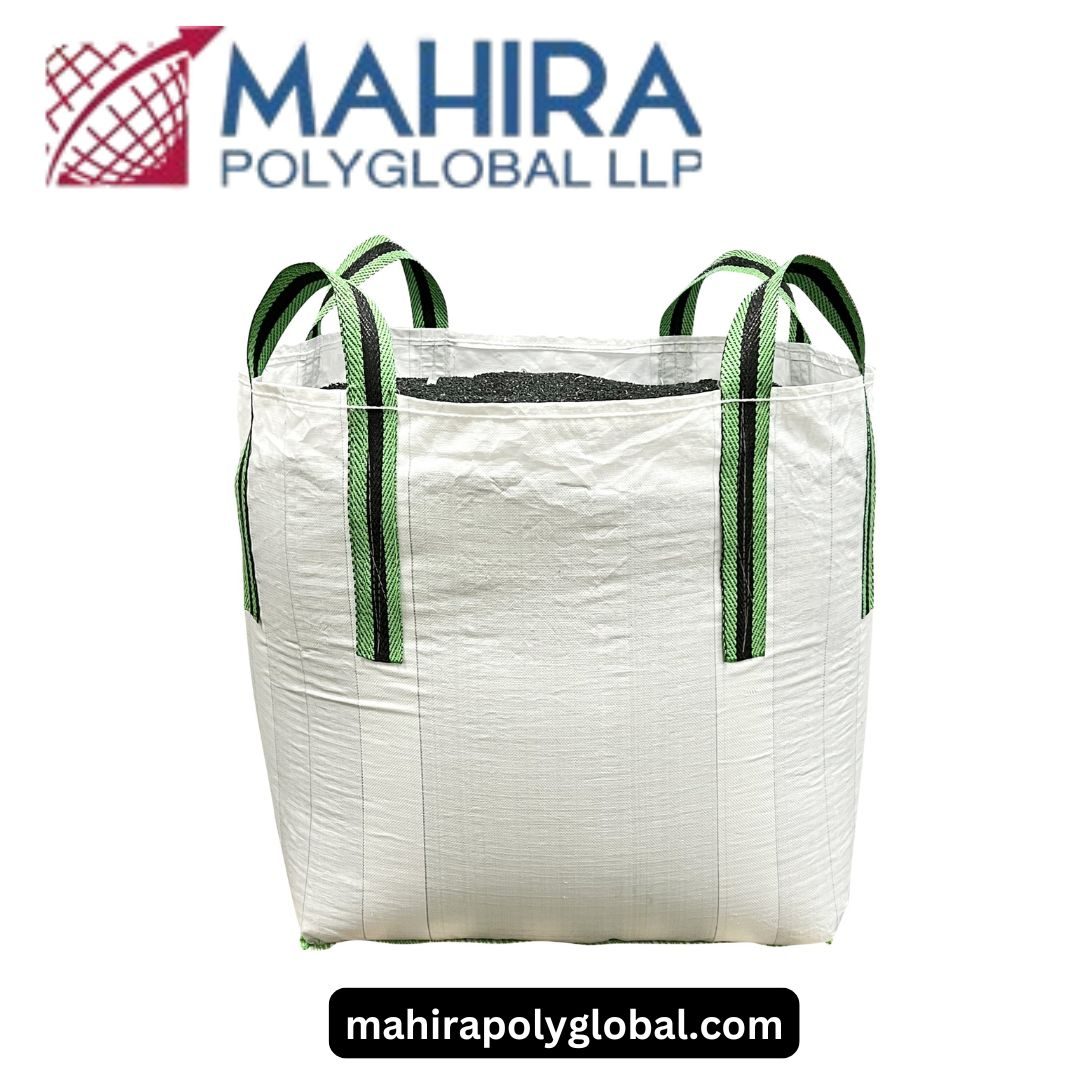The robotics and automation industries are revolutionizing manufacturing, healthcare, logistics, and more. At the heart of these advanced systems are flexible cables, engineered to withstand dynamic movements and harsh industrial environments. These cables ensure uninterrupted power, signal transmission, and data flow, making them critical for reliable and efficient operations. As robotics and automation evolve, so too do the designs and capabilities of flexible cables, tailored to meet the specific demands of these innovative technologies.
1. The Importance of Flexible Cables in Robotics and Automation
Flexible cables are essential in applications where dynamic motion and repetitive movements are involved.
- Power Transmission: Delivering consistent power to robotic arms and automated systems.
- Signal Integrity: Ensuring accurate data transmission for sensors, actuators, and control systems.
- Durability: Withstanding bending, twisting, and tension in high-motion environments.
Without specialized cables, systems would face frequent breakdowns, increasing downtime and maintenance costs.
2. Characteristics of Flexible Cables
Flexible cables are designed with features that enable them to operate reliably in demanding conditions:
- High Flexibility: Enables bending and twisting without compromising performance or durability.
- Abrasion Resistance: Protects against wear and tear in dynamic industrial settings.
- Temperature Tolerance: Operates efficiently in extreme heat or cold environments.
- Chemical Resistance: Withstands exposure to oils, solvents, and other industrial chemicals.
3. Key Components of Flexible Cables
The design of flexible cables ensures optimal performance in robotics and automation systems:
- Conductors: Stranded copper wires provide high flexibility and conductivity.
- Insulation: Materials like polyurethane or thermoplastic elastomers resist heat, abrasion, and chemicals.
- Shielding: Protects against electromagnetic interference (EMI), ensuring signal integrity.
- Outer Jacket: A durable coating that shields the cable from mechanical and environmental damage.
4. Applications of Flexible Cables in Robotics and Automation
Flexible cables are indispensable in various robotic and automation applications:
- Robotic Arms: Provide power and data connections for dynamic, multi-axis movements.
- Conveyor Systems: Enable efficient operation in automated material handling.
- Automated Guided Vehicles (AGVs): Deliver power and communication for navigation and operations.
- Healthcare Robots: Ensure precision and reliability in surgical and diagnostic applications.
5. Challenges in Flexible Cable Design
Designing cables for robotics and automation comes with unique challenges:
- High Cycle Durability: Repetitive bending and twisting can cause cable fatigue.
- Solution: Use of stranded conductors and high-quality insulation materials.
- Compact Designs: Limited space in robotic systems demands smaller, lighter cables.
- Solution: Use of hybrid cables that combine multiple functions in a single unit.
- Temperature and Environmental Stress: Extreme conditions can degrade cable performance.
- Solution: Use of materials like silicone and fluoropolymers for high resistance.
6. Innovations in Flexible Cable Technology
Recent advancements are improving the performance and versatility of flexible cables:
- Hybrid Cables: Combine power, signal, and data transmission in a single cable, reducing clutter and installation time.
- Torsion-Resistant Designs: Allow cables to endure rotational movements without compromising integrity.
- Nanotechnology: Enhances insulation and durability while reducing cable weight.
- Self-Monitoring Cables: Embedded sensors detect wear and tear, enabling predictive maintenance.
7. Benefits of Flexible Cables in Robotics and Automation
Flexible cables offer several advantages that enhance the efficiency and reliability of robotic systems:
- Reduced Downtime: High durability minimizes cable failures, ensuring continuous operation.
- Improved Performance: Advanced materials and designs enhance conductivity and signal integrity.
- Cost Efficiency: Long-lasting cables reduce maintenance and replacement costs.
- Versatility: Suitable for a wide range of industrial environments and applications.
8. Sustainability in Flexible Cable Manufacturing
Sustainability is becoming a priority in cable manufacturing:
- Recyclable Materials: Use of eco-friendly materials reduces environmental impact.
- Energy-Efficient Production: Optimized manufacturing processes lower energy consumption.
- Durable Designs: Extended cable lifespans reduce waste and resource use.
9. Future Trends in Flexible Cables for Robotics and Automation
The rapid evolution of robotics and automation is driving new trends in cable technology:
- Smart Cables: Integration of sensors for real-time monitoring and diagnostics.
- Miniaturization: Development of ultra-thin cables for compact robotic systems.
- Wireless Hybrid Solutions: Combining wired and wireless technologies for greater flexibility.
- AI-Optimized Designs: Using AI to predict stress points and optimize cable construction.
Conclusion:
Flexible cables are the backbone of robotics and automation industries, enabling advanced systems to operate reliably and efficiently. Innovations in materials, design, and sustainability are ensuring that these cables meet the ever-growing demands of modern technology. Companies like Ducab are at the forefront of developing cutting-edge flexible cable solutions tailored for dynamic industrial environments. As robotics and automation continue to expand, flexible cables will play an increasingly vital role in shaping the future of industry and innovation.
FAQs: Exploring Flexible Cables for Robotics and Automation Industries
- Why are flexible cables important in robotics and automation?
Flexible cables provide reliable power, data, and signal transmission in dynamic environments, ensuring uninterrupted operation. - What materials are used in flexible cables?
Flexible cables use stranded copper conductors, polyurethane or thermoplastic elastomer insulation, and durable outer jackets. - What challenges do flexible cables face in robotic applications?
Challenges include high cycle durability, compact design requirements, and resistance to environmental stress. - What are the benefits of hybrid cables in automation?
Hybrid cables combine power, data, and signal transmission, reducing system complexity and installation time. - How do innovations like smart cables enhance automation systems?
Smart cables with embedded sensors enable real-time monitoring, predictive maintenance, and reduced downtime. - How is Ducab contributing to flexible cable technology?
Ducab provides high-performance flexible cables designed to meet the unique demands of robotics and automation industries, ensuring reliability and efficiency.












